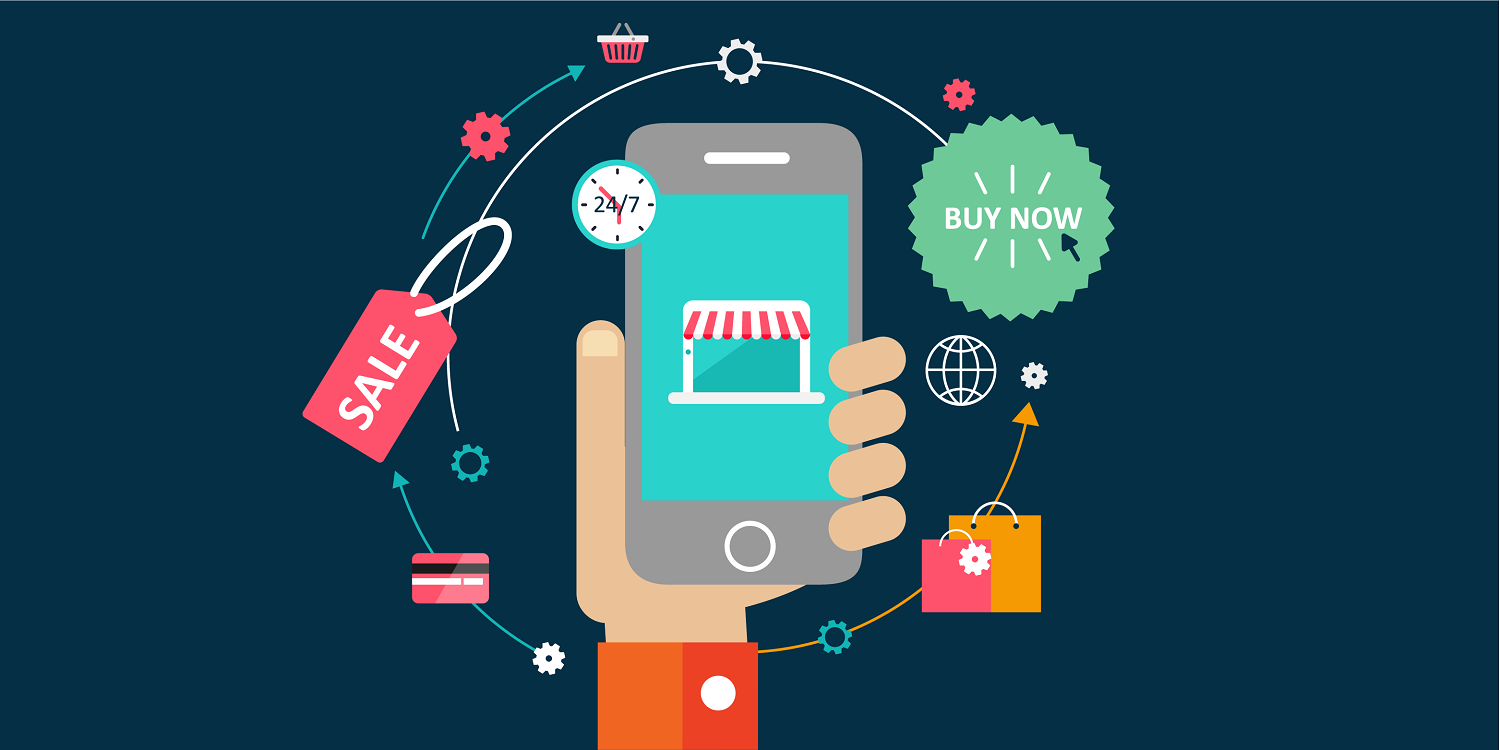Mobile advertising refers to the use of mobile devices (such as smartphones and tablets) to deliver marketing messages, advertisements, and promotional content to consumers. This form of advertising leverages the mobility and connectivity of mobile devices, enabling advertisers to reach their target audiences with highly personalized, contextually relevant ads based on factors like location, time, and user behavior.

Here are some key components and types of mobile advertising:
1. In-App Advertising
- Description: Ads displayed within mobile apps.
- Formats: Banners, interstitials, videos, native ads, and playable ads.
- Benefits: Ads are shown to users while they are actively engaged in an app, leading to higher engagement rates.
2. SMS/MMS Advertising
- Description: Direct promotional messages sent to users’ mobile phones via text (SMS) or multimedia messaging (MMS).
- Benefits: Instant and direct communication with users, especially effective for promotions, offers, or reminders.
3. Mobile Web Advertising
- Description: Ads served on websites optimized for mobile browsers.
- Formats: Banner ads, pop-ups, video ads, and native ads.
- Benefits: These ads are viewable on the mobile browser, even without an app, allowing advertisers to reach a broader audience.
4. Location-Based Advertising
- Description: Ads that use geolocation data to target users based on their current or past location.
- Examples: Sending special offers or promotions to users when they enter a specific geographic area or store.
- Benefits: Highly relevant and timely ads that increase conversion rates by targeting users when they are near a business or event.
5. Push Notifications
- Description: Short messages sent directly to a user’s device, often used for reminders, offers, or updates from an app.
- Benefits: Re-engages users with personalized and timely messages. They can be tailored based on user preferences and past behavior.
6. Video Advertising
- Description: Short video clips shown within apps, mobile websites, or on social media platforms.
- Benefits: Engaging and effective in capturing attention. Often includes interactive features like clickable call-to-action buttons.
7. Social Media Advertising
- Description: Ads served on platforms like Facebook, Instagram, Twitter, or TikTok, specifically designed for mobile devices.
- Formats: Sponsored posts, stories, carousel ads, and video ads.
- Benefits: Social media apps are highly popular on mobile, offering targeted advertising opportunities based on user interests, demographics, and behaviors.
8. Programmatic Mobile Advertising
- Description: Automated ad buying and placement using real-time bidding systems to deliver targeted ads to the right audience.
- Benefits: Allows for greater efficiency, personalization, and targeting, optimizing the advertising spend.
Benefits of Mobile Advertising
- Wide Reach: The high penetration of mobile devices makes it a prime channel for advertisers.
- Personalization: Mobile advertising allows for highly personalized ads based on user data, preferences, and location.
- Real-Time Interaction: Mobile ads can facilitate immediate action, like making a purchase or clicking through to learn more.
- Engagement: With interactive formats like video or gamified ads, mobile advertising often leads to higher engagement rates.
Challenges of Mobile Advertising
- Ad Fatigue: Overexposure to ads can lead to users ignoring or blocking them.
- Privacy Concerns: The collection of personal data for targeted ads raises privacy issues, which can lead to regulatory scrutiny.
- Ad Blocking: Many mobile users use ad blockers, limiting the reach of certain ad types.
- Small Screen Size: Designing ads that are effective on smaller screens requires creative adaptations.
In summary, mobile advertising is a powerful tool for marketers due to its ability to target users effectively and engage them on the go. However, it requires careful planning, relevance, and respect for user privacy to be successful.